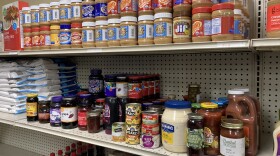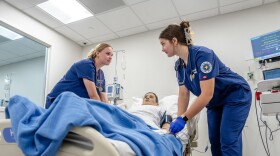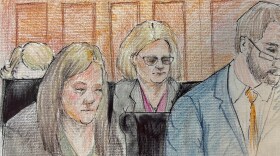Many of us cook every day. But we probably don't put a lot of thought into the scientific makeup of our food.
Humans are perhaps the only animal that actually cooks food before consuming it. Some scientists believe our ability to manipulate food has had a profound effect on our evolution. The science behind cooked food may be just as profound, according to UW-Milwaukee physics professor Paul Lyman.
He explores everything from how cheese is made, to how the scientific makeup of an egg allows it to be cooked and then consumed.
"Why does the texture of food change when you cook it? I do an example of an egg. A raw egg is this, you know, runny mess of white stuff and you cook it just a few minutes and it turns into this solid that’s no longer transparent. How did that change with just a little bit of temperature?" notes Lyman.
He joined Lake Effect's Joy Powers to look at the makeup of the foods we eat and what happens to food when we cook it:
Lyman is currently the featured speaker for UW-Milwaukee’s “Science Bag” series. His presentation, “Cooked: Science in the Kitchen”, will be held Friday, Nov. 22 and Nov. 29 at 7 p.m. in the UWM Physics Building in Room 137.







